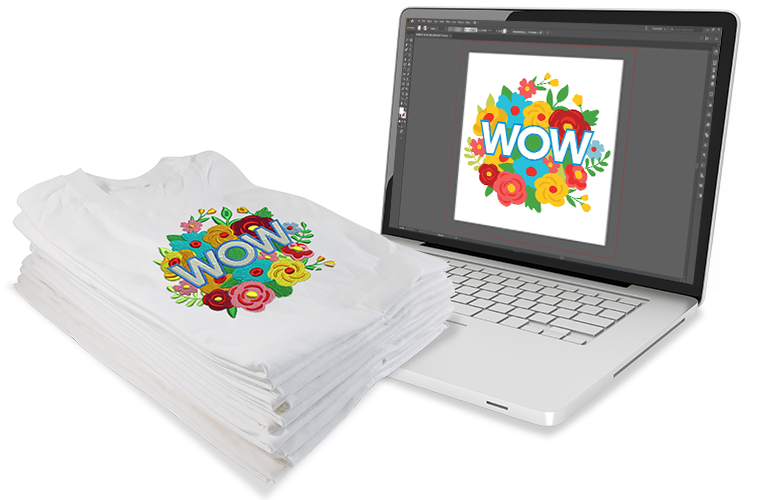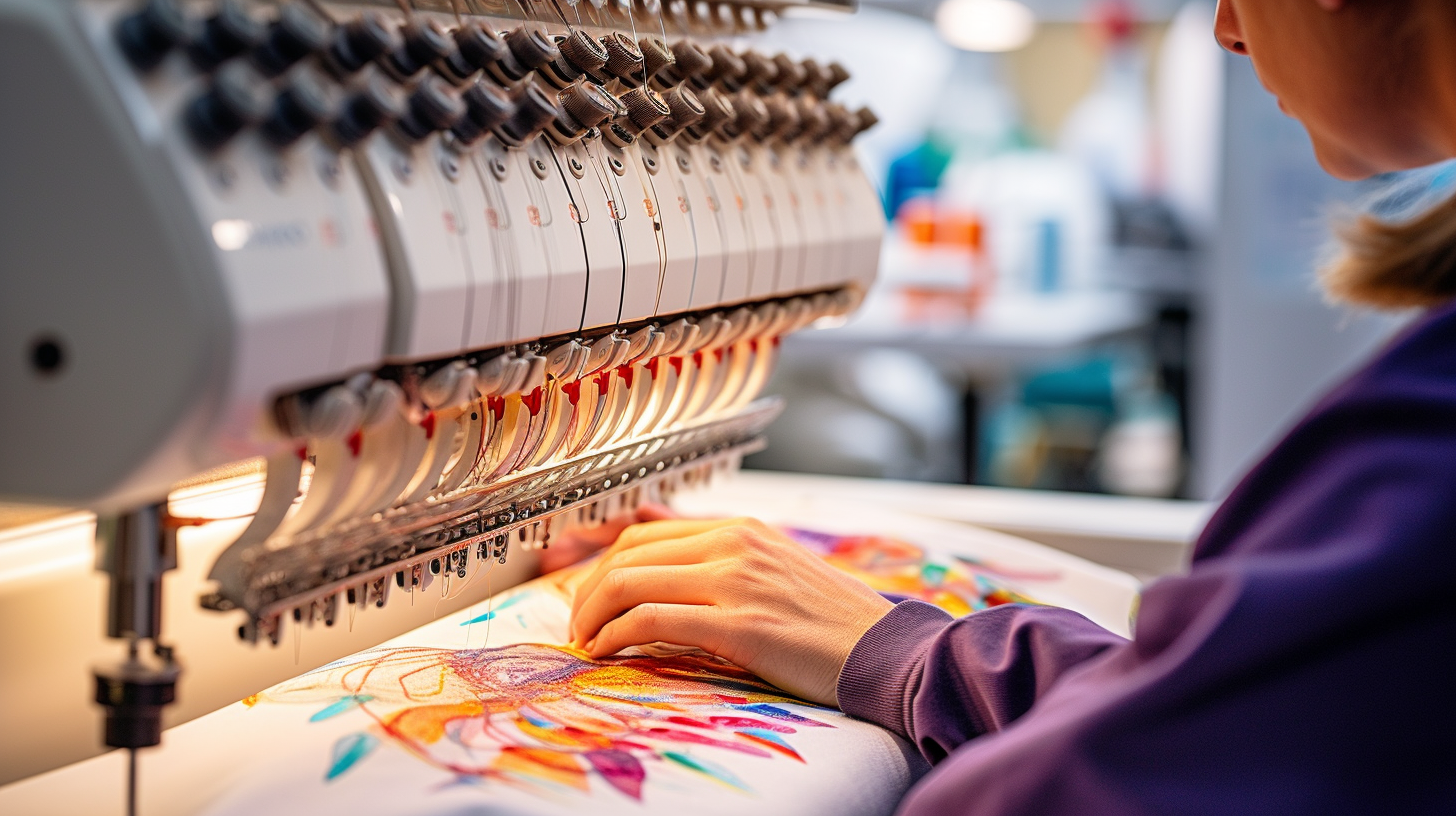Reputable Digitizing for Embroidery: Relied On by Experts
Reputable Digitizing for Embroidery: Relied On by Experts
Blog Article
Understanding the Embroidery Digitizing Process: Your Ultimate Overview
Embroidery digitizing is a precise craft that needs precision and expertise to translate intricate styles right into digital styles for device embroidery. As artisans embark on this journey to understand the needlework digitizing procedure, a detailed understanding of the fundamentals sets the foundation for quality.

Comprehending Embroidery Digitizing Basics
Embroidery digitizing essentials create the foundation whereupon intricate designs are converted into machine-readable styles for accurate sewing. This initial action in the embroidery digitizing procedure is essential for guaranteeing that the final embroidered product is a faithful depiction of the original design. Understanding needlework digitizing essentials entails comprehending crucial concepts such as stitch types, stitch instructions, thickness, rug, and pull compensation.
Sew kinds play a crucial function in identifying the visual and textural end result of the stitched style. By selecting the appropriate stitch kind, whether it be satin, fill, or running stitch, digitizers can attain the preferred impact and enhance the total high quality of the embroidery. Additionally, sew direction affects the circulation and dimension of the layout, while density determines the spacing and insurance coverage of the stitches.
Moreover, rug sewing supplies stability to the layout by protecting the fabric and protecting against distortion during the needlework process. Draw settlement is one more vital factor to consider to combat the all-natural propensity of fabric to contract when sewn. Mastering these needlework digitizing basics is basic for creating professional-quality stitched products.
Picking the Right Digitizing Software
Selecting the proper digitizing software program is a vital choice that significantly affects the effectiveness and top quality of the embroidery digitizing process. Digitizing for Embroidery. When selecting the appropriate digitizing software, it is important to take into consideration factors such as the complexity of styles you prepare to produce, the user-friendliness of the software program, the degree of consumer assistance offered, and the compatibility with your embroidery machine
There are different digitizing software program alternatives available in the marketplace, ranging from basic programs for beginners to advanced software for specialist digitizers. Some preferred selections consist of Wilcom EmbroideryStudio, Hatch Needlework Software Application, and PulseID. These software supply a large range of tools and functions to help you develop elaborate layouts with ease.
Prior to choosing, it is advisable to discover the various software application choices through totally free trials or trials to figure out which one finest suits your needs. In addition, checking out evaluations and looking for suggestions from knowledgeable digitizers can offer valuable understandings into the strengths and weak points of each software (Digitizing for Embroidery). By carefully reviewing your needs and comparing the features of various digitizing software, you can make an informed choice that boosts your embroidery digitizing operations
Digitizing Tools and Techniques

Optimizing Style Settings for Embroidery
Grasping the complexities of design settings is fundamental in achieving optimum results in the needlework digitizing procedure, structure upon the foundation laid by comprehending digitizing tools and techniques. When optimizing layout setups for embroidery, it is vital to think about aspects such as stitch type, density, underlay, draw payment, and enrollment. Sew type option impacts the general look and feel of the layout, with choices like satin, fill, and running stitches using different structures and impacts. Thickness refers to the spacing and density of stitches, influencing the from this source style's insurance coverage Read Full Article and sturdiness. Appropriate rug sewing gives stability and protects against fabric distortion, specifically for complex layouts or on stretchy products. Pull settlement readjusts for fabric stretch throughout sewing, guaranteeing accurate style duplication. Registration settings align various elements of the style precisely, keeping total design honesty. By fine-tuning these design setups, embroiderers can boost the quality and precision of their embroidered productions.

Troubleshooting Common Digitizing Issues
When coming across typical digitizing issues throughout the needlework process, it is vital to comprehend the root causes and execute efficient remedies without delay. One usual issue is stitch thickness problems, where stitches may be also dense, causing the textile to tighten, or too sparse, bring about spaces in the style. Adjusting the stitch density settings in the digitizing software can aid solve this concern.
Another constant difficulty is string breaks throughout the needlework procedure. This can happen as a result of numerous reasons such as wrong tension settings, plain needles, or using low-grade thread. Making certain proper upkeep of the needlework machine, consisting of routine needle adjustments and stress changes, can lessen the incident of thread breaks.
Moreover, style enrollment mistakes can result in misaligned elements within the embroidery layout. Inspecting the design positioning in the digitizing software program and making required original site adjustments prior to stitching can aid in preventing this concern. By attending to these typical digitizing concerns immediately and properly, you can ensure a smoother needlework procedure and top quality completed items.
Verdict
To conclude, grasping the needlework digitizing procedure needs a solid understanding of the basics, the appropriate option of software program, and understanding of tools and methods. Enhancing style setups and troubleshooting common digitizing issues are vital action in making certain premium needlework results. By complying with these steps diligently, one can accomplish precision and efficiency in the digitizing procedure.
Report this page